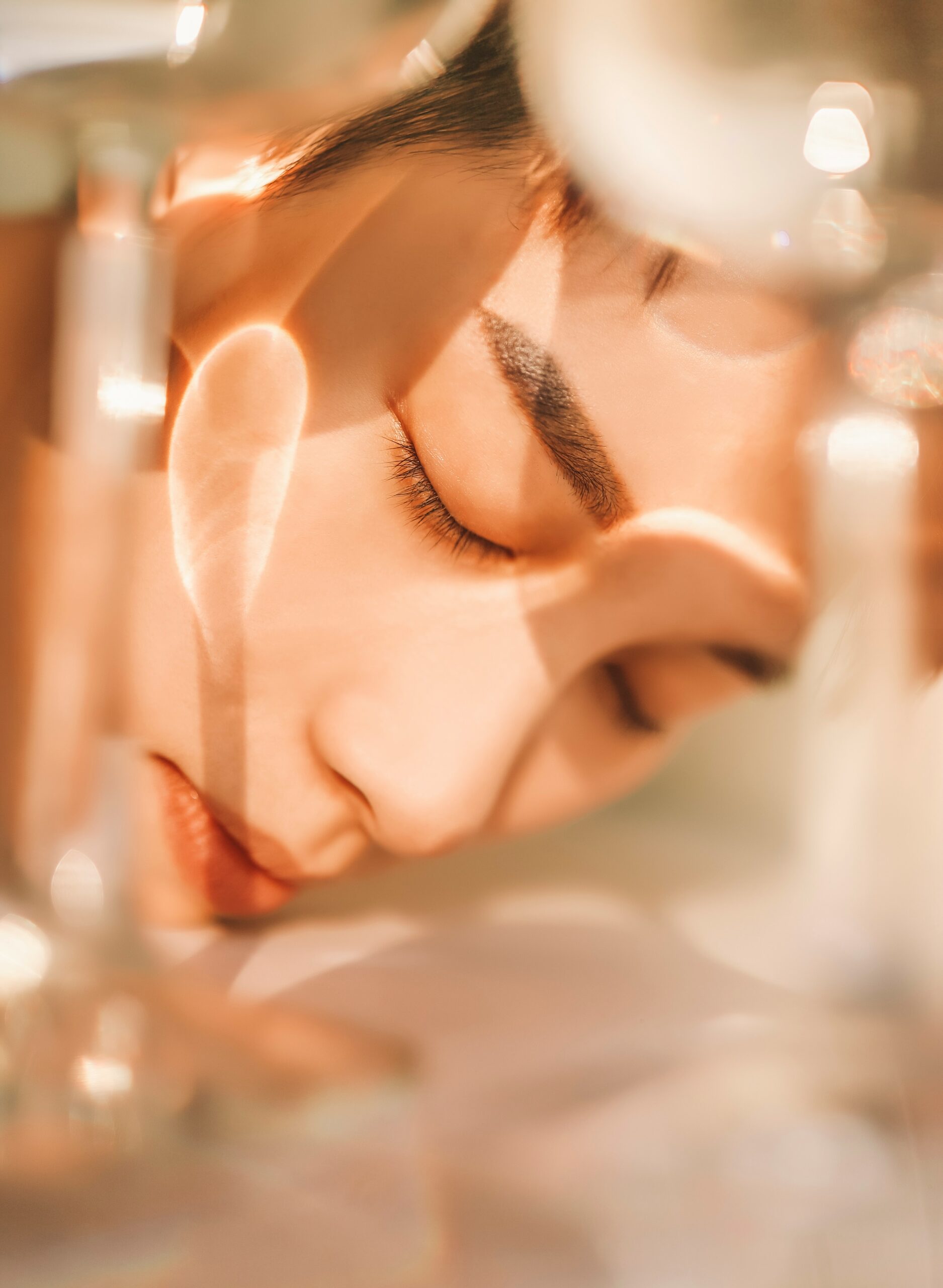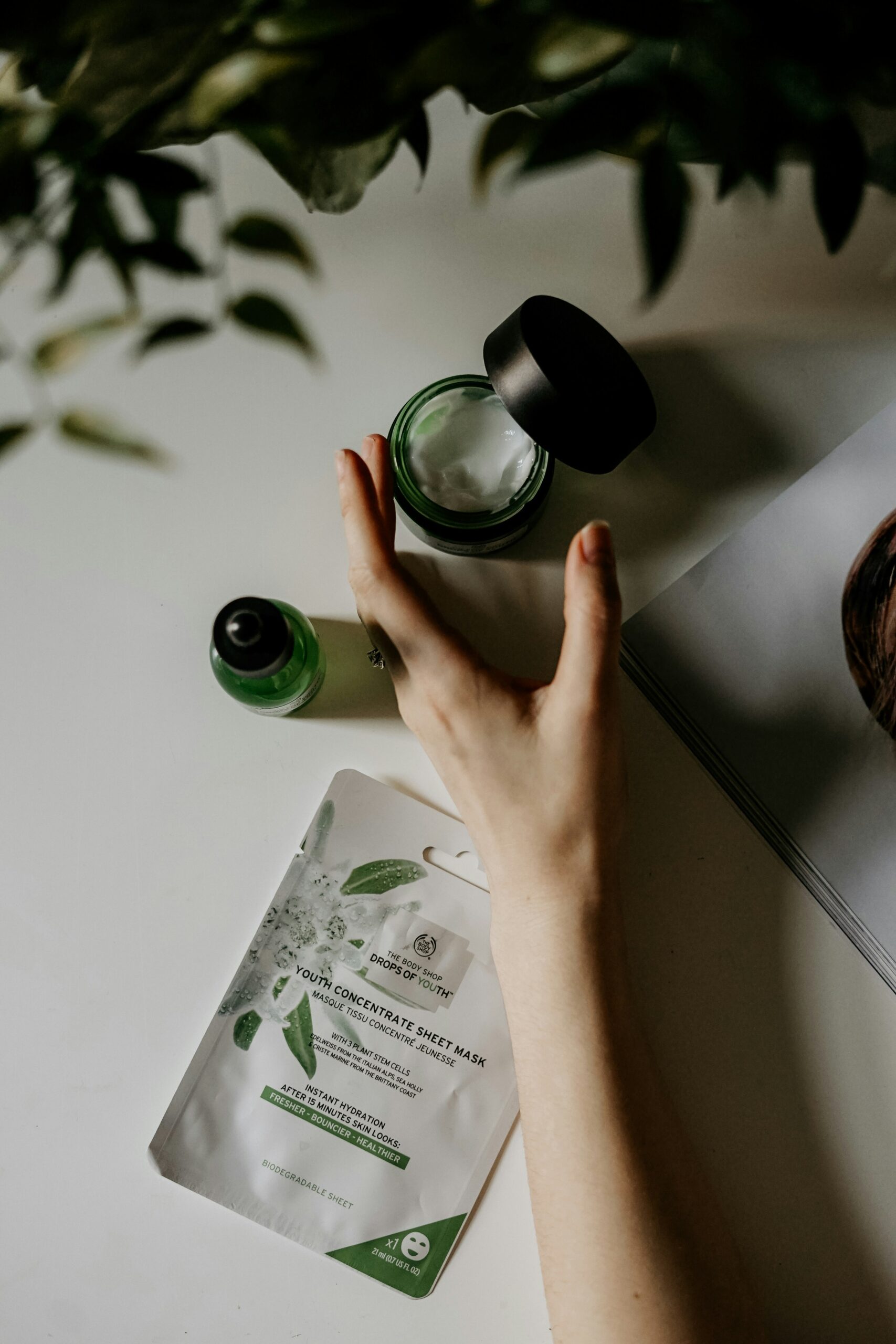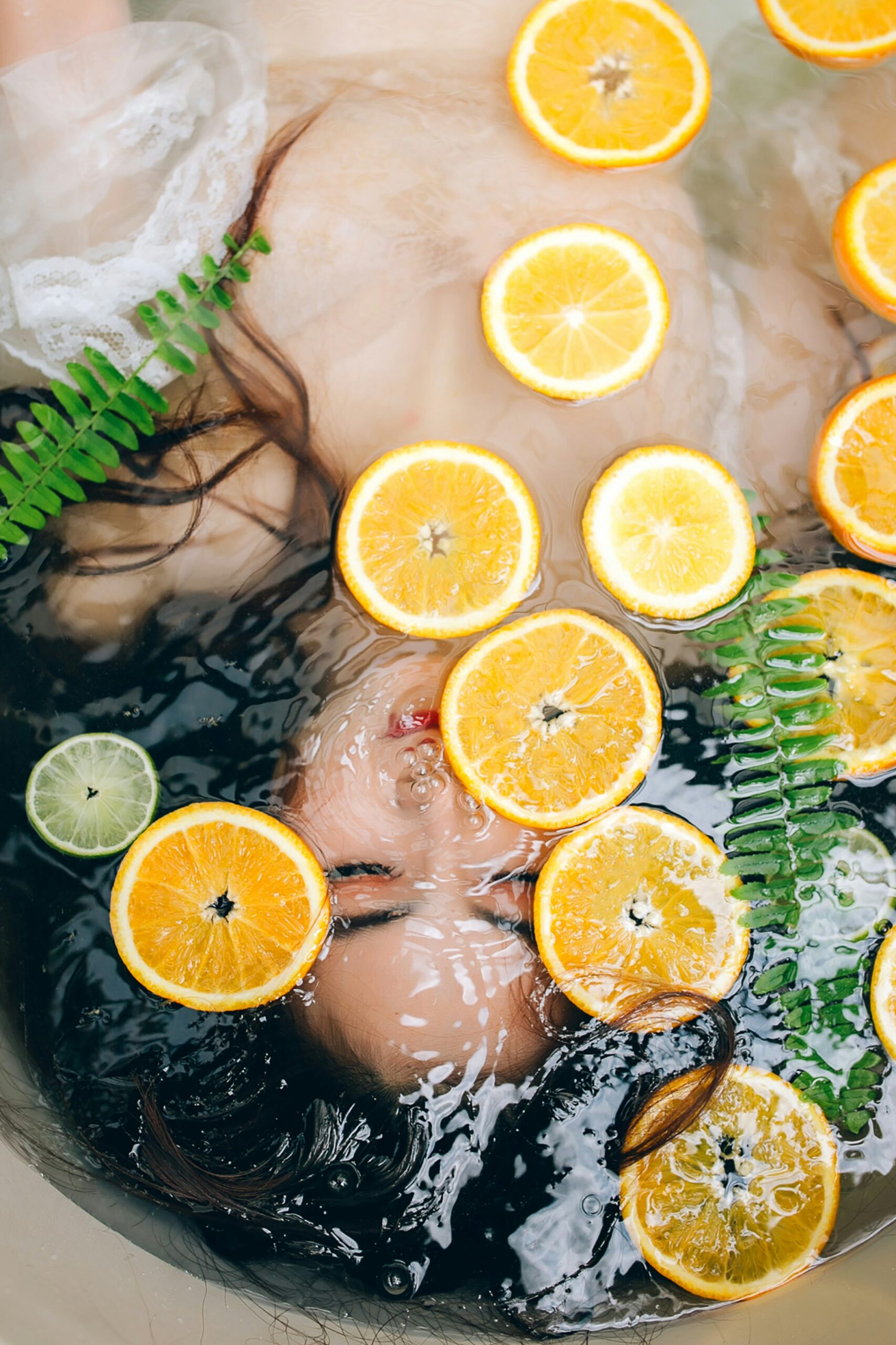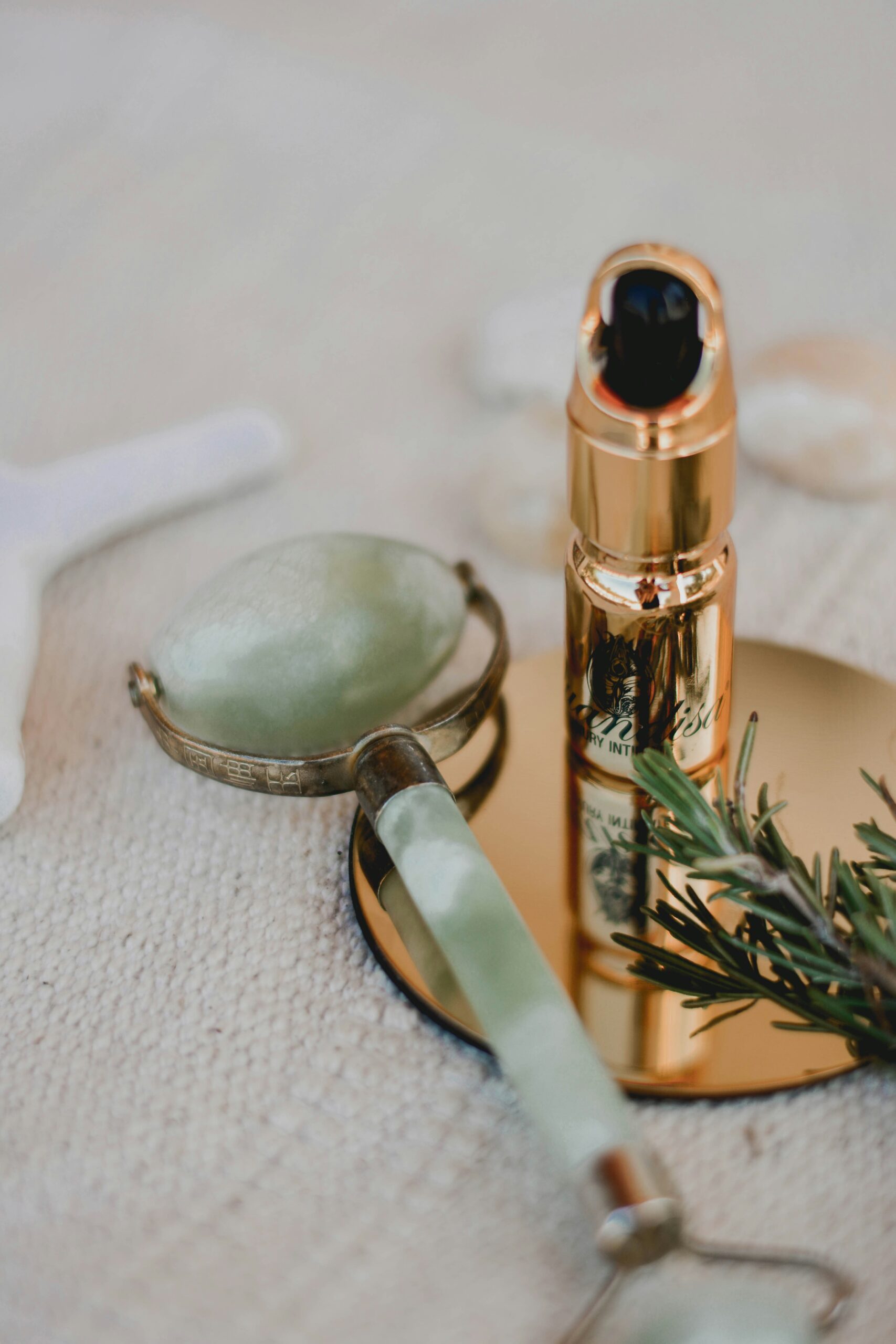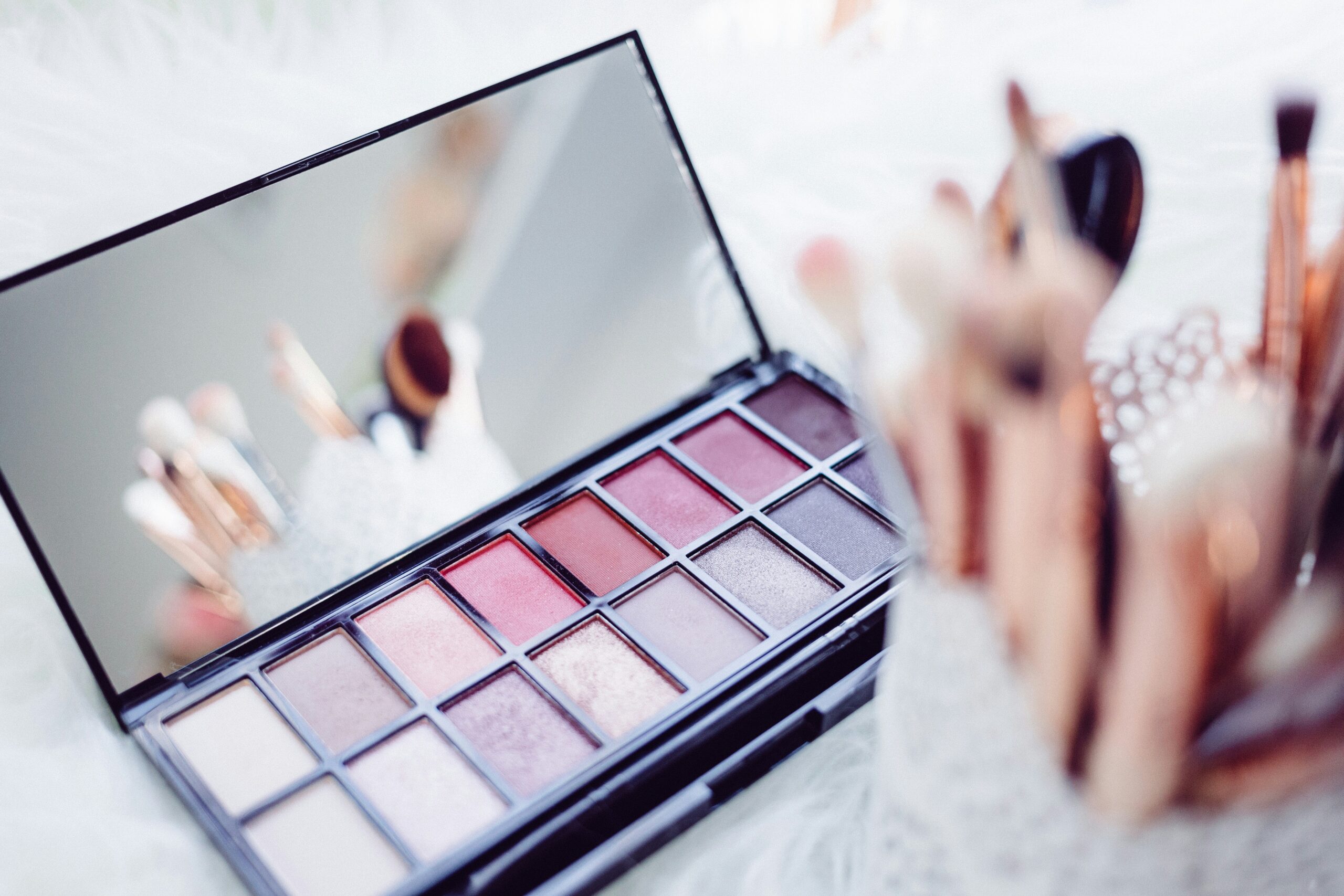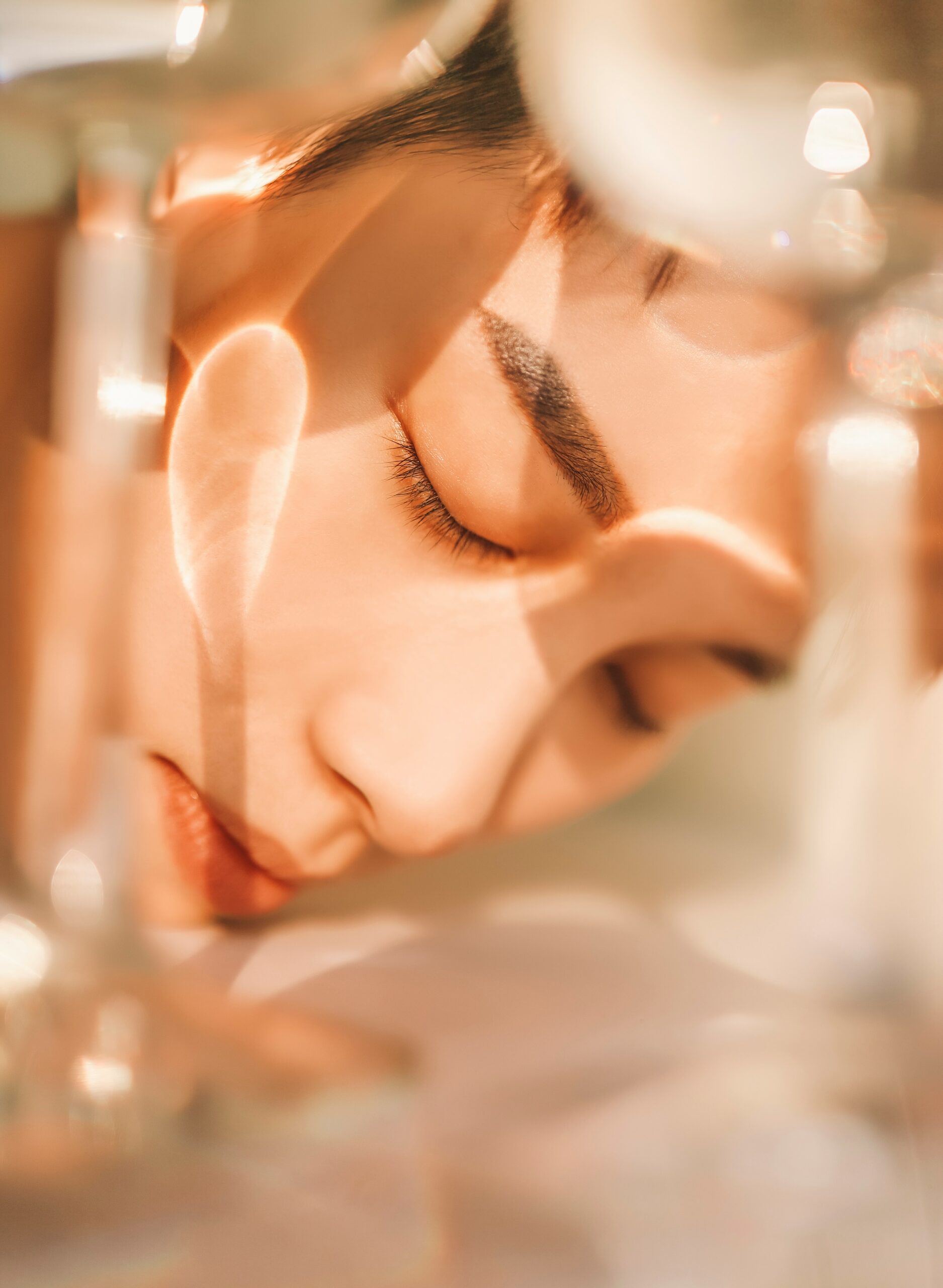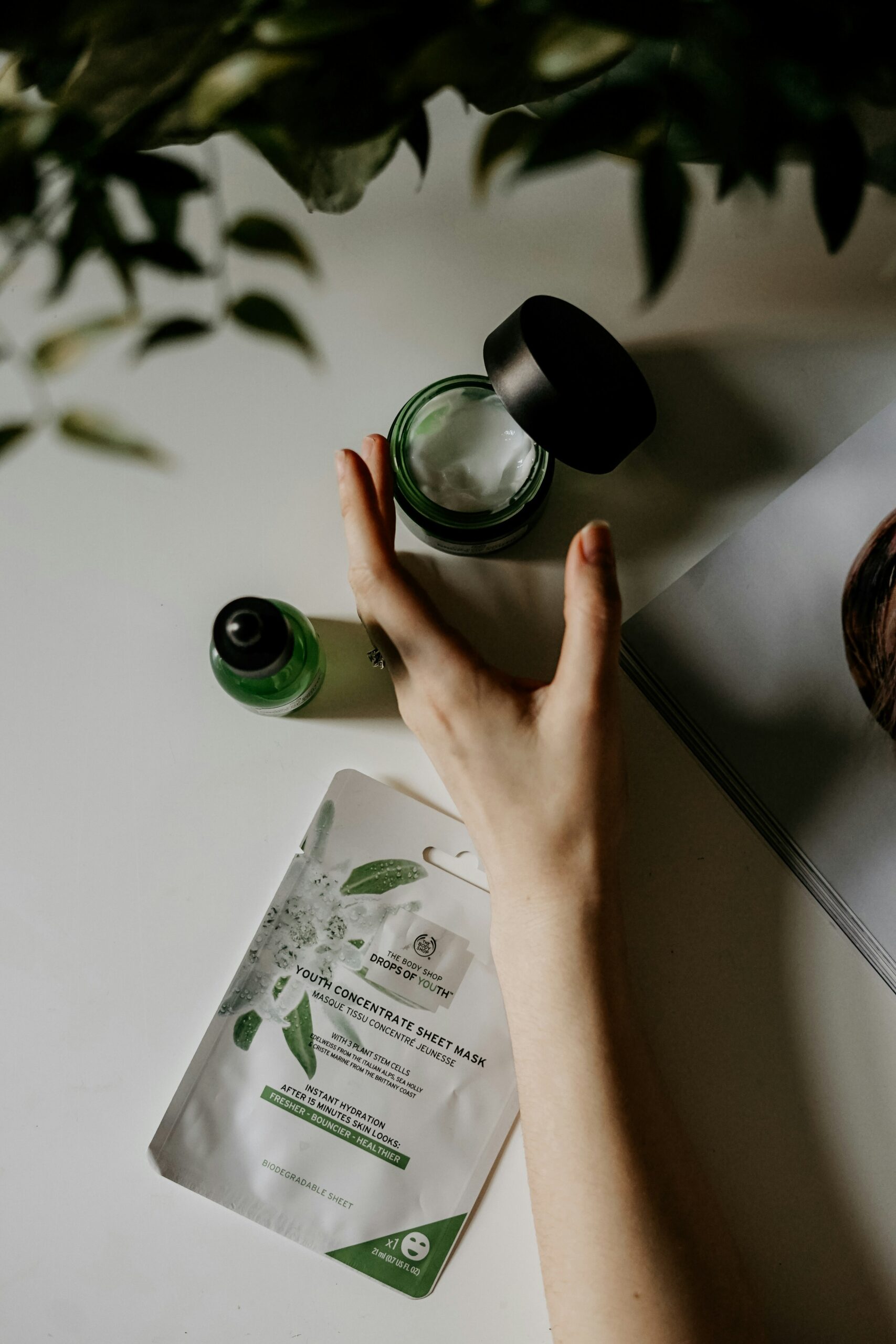Exploring the Key Differences Between K-Beauty and J-Beauty
Key Differences between K-beauty and J-beauty When it comes to skincare and beauty, both South Korea and Japan have their own unique approaches and philosophies. K-beauty, short for Korean beauty, is known for its extensive and multi-step skincare routines. The Korean skincare industry emphasizes the use of natural ingredients, such as snail mucin, green tea, […]
Exploring the Key Differences Between K-Beauty and J-Beauty 더 읽기"
